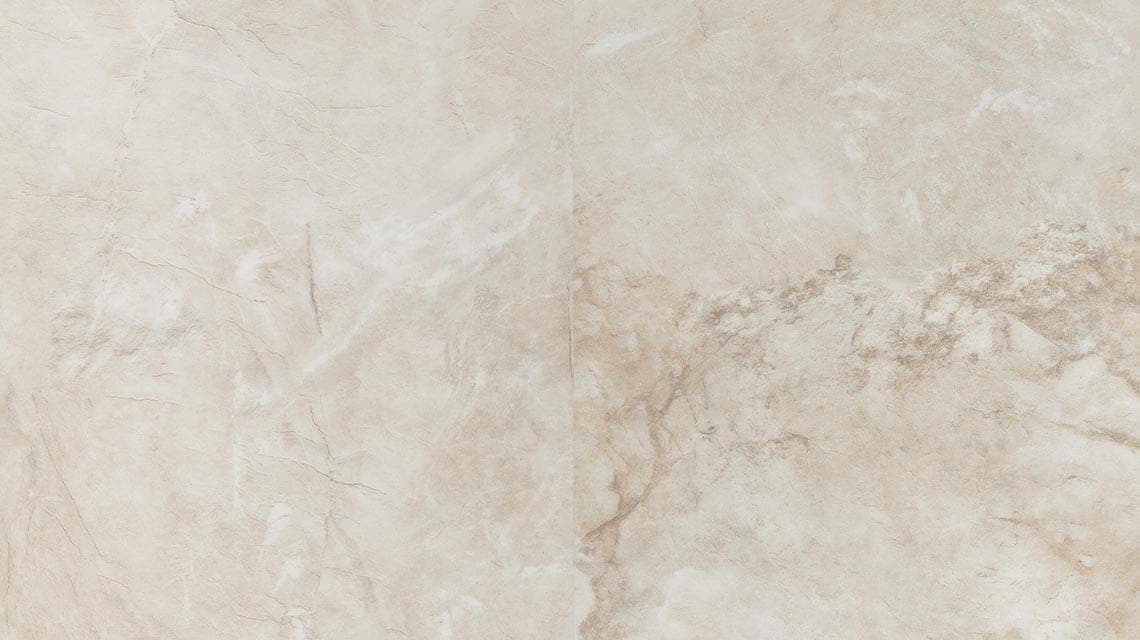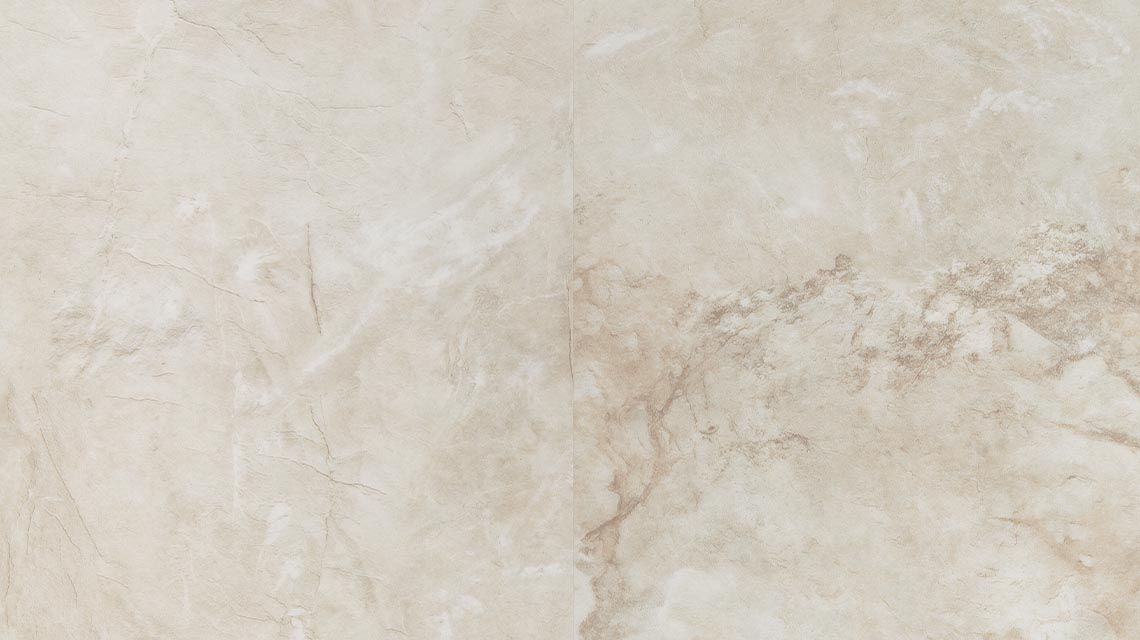
Marble is a natural stone which is used in construction of residential buildings, public buildings, offices, and religious structures. Apart from flooring, marble tiles are also used in blacksplash, countertops, facades and as decorative wall cladding. For more durability, it is advisable to use good quality marble.
There are many ways and means for inspecting quality of marble. Before buying marble tiles for your house, a homeowner must check its quality at site. Here are some ways in which you can get a rough idea about quality of marble.

Courtesy - Wicanders
Some Practices to Check Quality of Marble at Site:
01. Check all pieces for uniformity in colour, size and quality as specified.
02. One face of the marble should be polished and all four sides machine cut.
03. It should be straight and uniform in thickness. Non-uniform thickness results in the uneven floor and can cause accidents at home.
04. Marble tiles must be checked for even sizes, as uneven sizes make it difficult to cut, install as well as grout it. More wastage of material will occur.
05. Along with front surface, also check the back side of the marble slab. If back surface has wire-mesh attached to it, then such slabs must be avoided, as manufacturers put wire-mesh if marble is fragile or soft in nature.
06. To have an idea of how it will look after polishing. Splash water on unpolished marble and more or less, it will give a similar look when polished.
07. On examining the marble’s surface under light at an angle of 45 degrees, if you find any dull surfaces and patches, then it indicates poor quality. These dull areas are due to cracks filled with the chips. This type of marble cannot be used for heavy traffic area.
08. Veins on the surface of marble should always be checked. While buying, flip the stone over and check for cracks or fissures. Sometimes small cracks are located along with the veins on the marble surface. Slabs with small cracks can be used in low traffic area. If wide cracks are there, then it is not good- quality marble.
09. Also you can check if artificial colours are added to marble by scratching its surface. If it resists scratches, then the marble is artificial and colour can fade after installation. Pure marble have low resistance to scratches.
10. Marble slabs can be checked for porosity by dropping 3 to 4 droplets of lemon juice (citric acid) on top of its surface.
- If marble absorbs lemon juice quickly, it means marble has high porosity and hence it is not of good quality marble.
- If calcite is present in excess amount then lemon juice droplets leave white stains on top of marble surface. It indicates that marble is not of good quality.
Above are the basic field tests and if you want to really check the material quality, there are certain laboratory tests like water absorption, dimensions, Mhos scale hardness, chemical resistance, specific gravity, porosity, modulus rapture, frost resistance, thermal shock, etc. In today’s global markets, it is necessary to test all materials in the laboratory, particularly for a large project.
Also Read:
Properties of Marble Stone: All you Need to Know
Wood Flooring vs Natural Stone Flooring: Make the Right Choice































